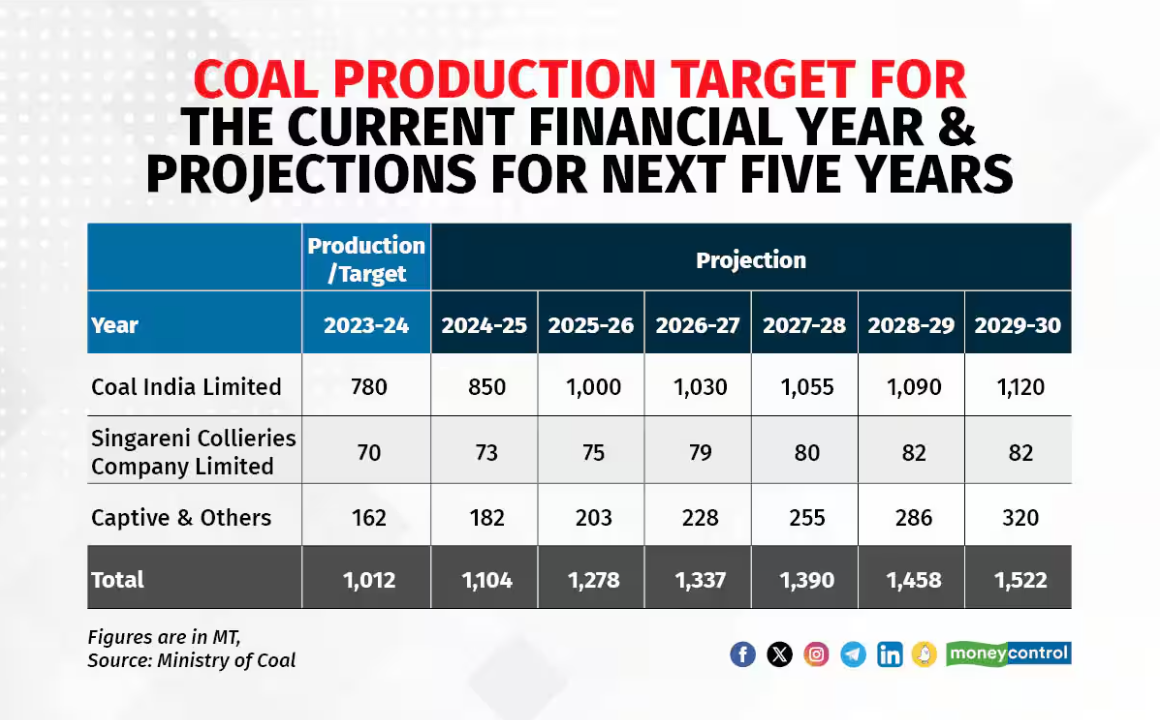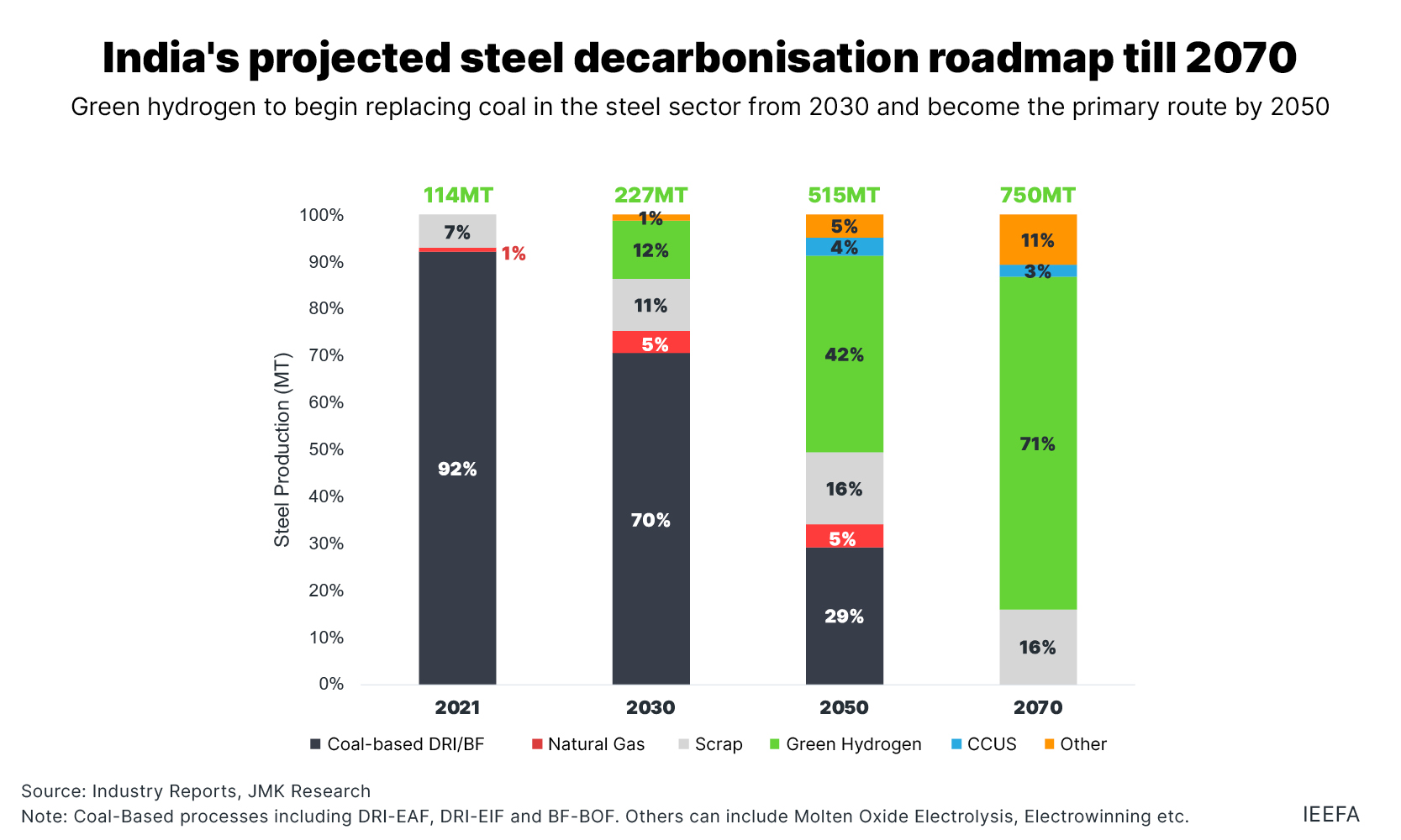As the risks of a downward glide path for elements of China’s industrial economy continues to become clear, the risks for Australia’s economy and in particular state and federal Treasury outlooks are becoming increasingly apparent.
So far the hole left in China’s iron ore consumption left by the dramatic decline in the residential property sector has been filled by steel exports and surging levels of infrastructure construction.
But amidst declining starts in the commercial real estate construction sector, rising trade barriers against Chinese steel exports from nations across the globe and local government debt woes, resilience is not going to last forever.
Meanwhile, iron ore prices, even with that additional support, are sitting at the lowest level since September last year. 
This has left many in Australia looking to other destinations for the nation’s most valuable export. But as the charts below illustrate nicely, it’s simply not realistic, with China importing more than twice as much iron ore in 2021 as every other country in the world put together.

However, the narrative persists that India’s emergence as an industrial power will rescue Australia when China falters.
The Albanese government in particular has been eager to strengthen ties between India and Australia.
In May 2023, Prime Minister Anthony Albanese attended a political rally in Sydney for Indian Prime Minister Narendra Modi.
“You have brought the spirit of the world’s biggest democracy to Australia,” Mr Albanese said of his “dear friend”.
“Prime Minister Modi is the boss!” he added.
When examining the underlying numbers, it quickly becomes evident how unrealistic the notion is that India’s demand for commodities could rescue Australia, especially in light of significant declines in steelmaking commodity imports from China.
In 2024, China imported 1.24 billion tons of iron ore. India, on the other hand, imported 6.75 million or 0.54% of the total flowing to the Middle Kingdom. Or, put slightly differently, China imports more iron ore in 2 days than India does in a year.

The reality is that China and India are pursuing completely different economic strategies and have very different natural resource bases.
In India, the overwhelming majority of iron ore used is produced domestically, whereas China relies on imports for a large majority of its iron ore.
India has long pursued a strategy of self-sufficiency wherever possible, which has only further intensified under the current government of Prime Minister Narendra Modi.
It’s not only iron ore that faces a challenging future amidst the rise of India and increasingly challenging times for steel commodities in China.
It has been projected by the Indian government’s Ministry of Coal that domestic coal production will rise by more than 50% by the 2029-30 fiscal year.

Meanwhile, a paper from the Institute for Energy Economics and Financial Analysis projects that by 2030, the share of steel production fired by traditional coking coal furnaces will fall from 92% to 70%.

While the rise of India as an industrial power will likely add to the demand for Australian commodity exports in net terms, when coupled with the projected falls in demand in China over time, it is likely a sizable net negative for Australia.
Ultimately, Australia’s commodity-price-reliant economy faces major long-term headwinds, stemming from everything from reduced demand in net terms to the rise in supply as the Simandou mega-mine ramps up in 2026 and 2027.

